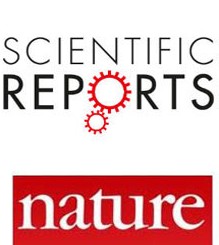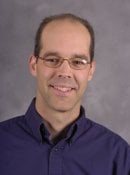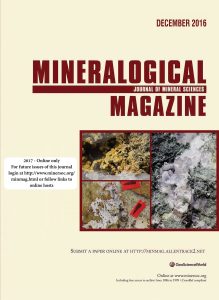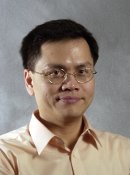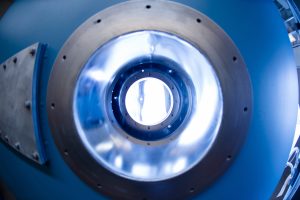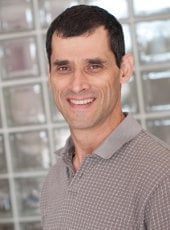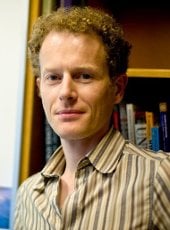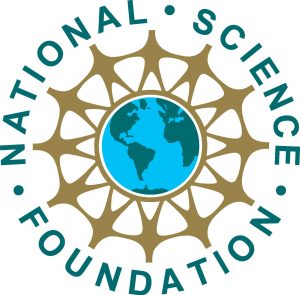 Alexander Kostinski (Physics/EPSSI) is the principal investigator on a project that has received a $156,119 research and development grant from the National Science Foundation.
Alexander Kostinski (Physics/EPSSI) is the principal investigator on a project that has received a $156,119 research and development grant from the National Science Foundation.In Mineralogical Magazine’s recent newsletter, the International Commission on New Minerals, Nomenclature and Classification announced twelve new minerals that were approved by the commission in November.
Among them is a new bismuth and gold sulfide [Bi3S3][AuS2] from Alsó-Rózsa adit, Nagybörzsöny Mountains, Pest Co., Hungary named jaszczakite, in honor of Michigan Tech professor John Jaszczak (Physics).
The new mineral was proposed by Luca Bindi (Università di Firenze, Italy;) and Werner Paar (Salzburg, Austria).
